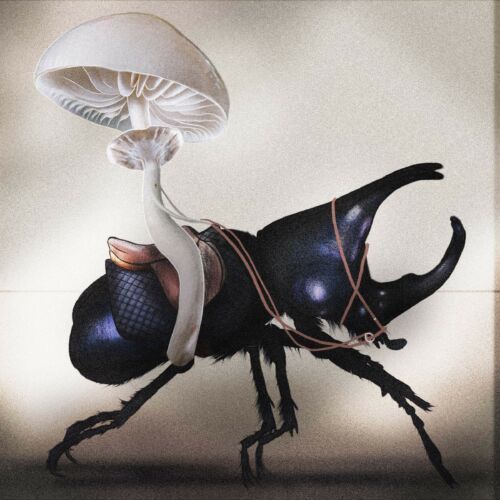Mysterious diseases: fungi from “The Last of Us” and Charles Bonnet syndrome
What does science say about the naturally occurring zombie fungi that inspired the creators of the computer game “The Last of Us” and the producers of the TV series of the same name? More than 100 known species of Ophiocordyceps fungi infect many insect species, including butterflies, moths and beetles. At least 35 species of these fungi can “control the minds” of their hosts, although researchers believe that as many as 600 may still be novel. Human interactions with these fungi frequently occur – for example, Asian people use one species (Ophiocordyceps sinensis) in traditional medicine. So far, however, no one has been infected, and a fungal pandemic is unlikely.
According to researchers at the University of London, people who have poorer subjective sleep quality and sleep efficiency, as well as increased insomnia symptoms, and who experience sleep paralysis are more likely to report seeing aliens or ghosts and to express greater belief in paranormal phenomena, including demons, souls living after the body has died and the ability to communicate with the dead.
Charles Bonnet syndrome (CBS) is a psycho-organic syndrome characterised by sometimes frightening visual hallucinations. The condition is not caused by mental health problems or dementia. It is caused solely by loss of vision – 60% or more – which reduces or stops the regular flow of messages from the eye to the brain. A survey of 1,100 UK health experts (including GPs and optometrists) found that 37% of professionals were unaware of the existence of CBS.























